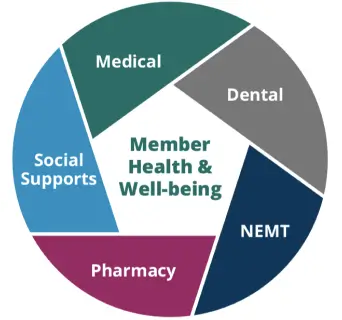Managed Care Organizations (MCOs) are committed to delivering high-quality care through contracts with the state to manage public program member coverage.
This means delivering care that is timely, coordinated, appropriate and that addresses all aspects of wellness. Managed care, which started in Minnesota in 1985, allows members to tap into a variety of health plan resources. This includes large provider networks, member services, care coordinators, and culturally specific resources that address their medical, dental, transportation, pharmacy and social support needs. Because our resources are all under one hub, MCOs are uniquely situated to support members with complex needs. Focusing on care coordination leads to better outcomes, healthier lives and satisfied members. Today, 40 states have adopted managed care to improve the health and well-being of members. Many people at MCOs are involved in managing care, including case managers, medical directors and pharmacists. Our member stories demonstrate the real-life impact of coordinated care. The current proposals to carve out Medicaid services will fragment this coordination.




